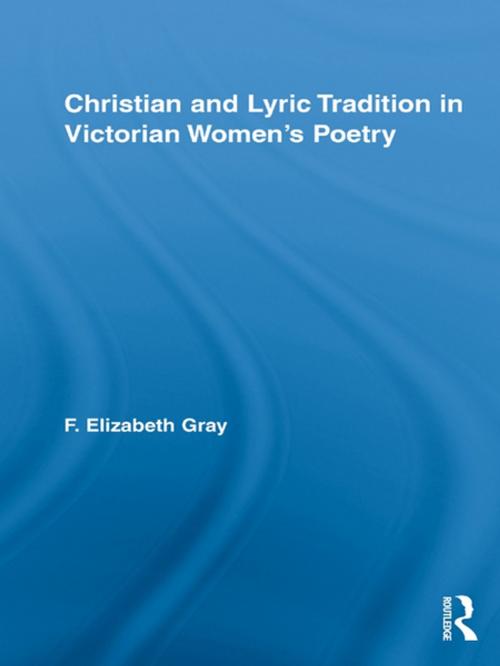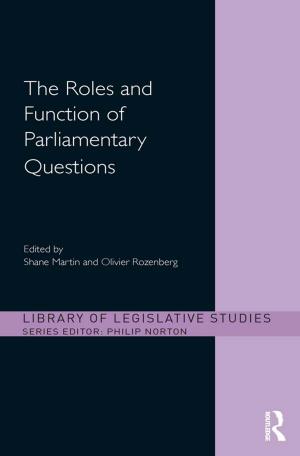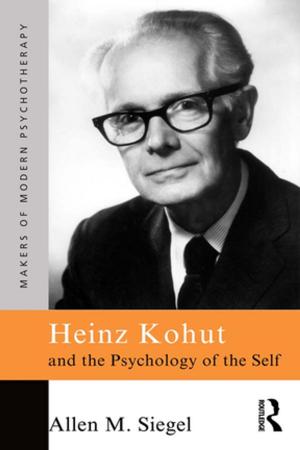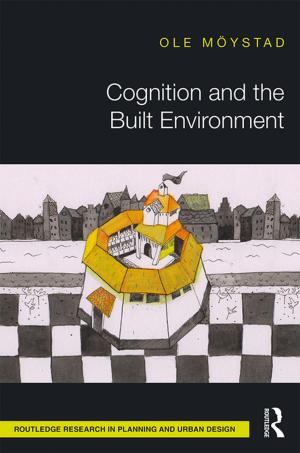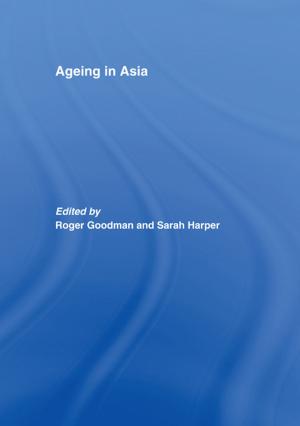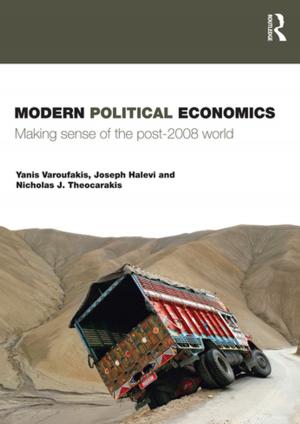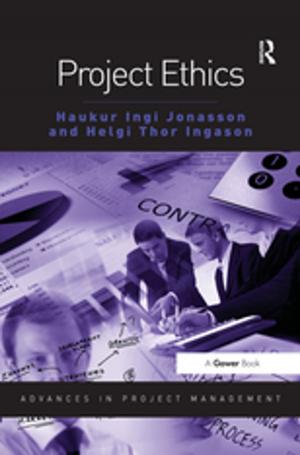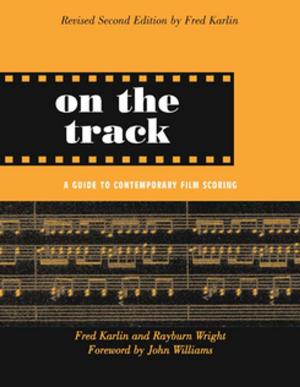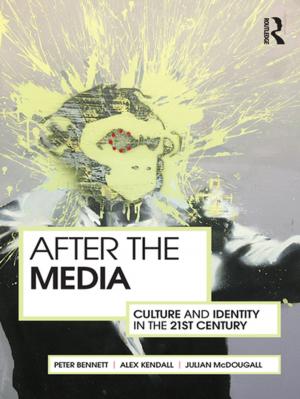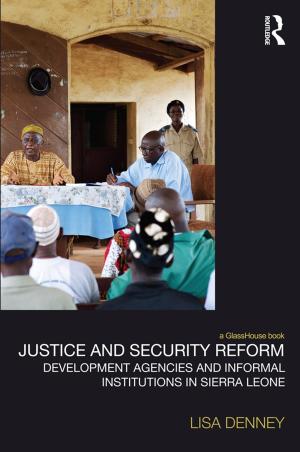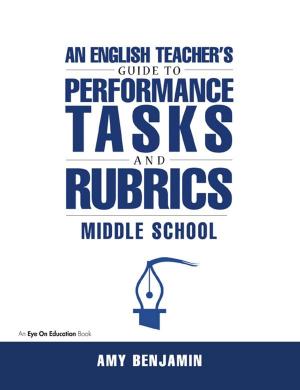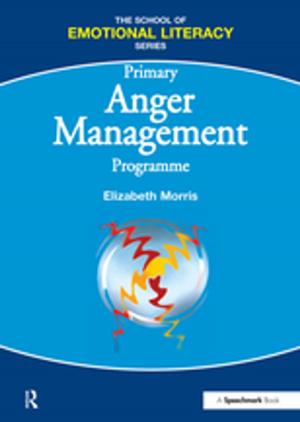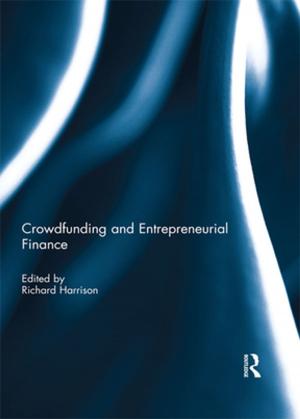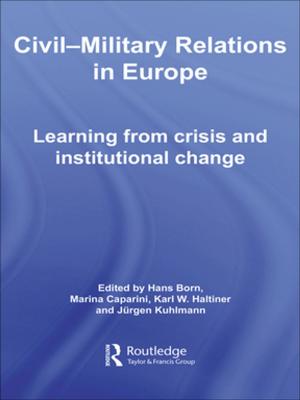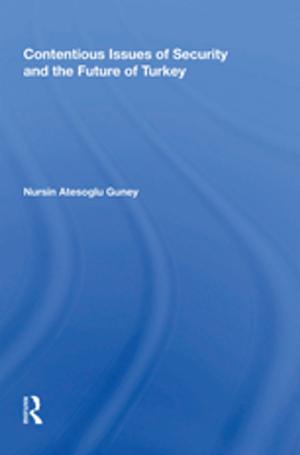Christian and Lyric Tradition in Victorian Women's Poetry
Fiction & Literature, Literary Theory & Criticism, Feminist Criticism, Women Authors, Poetry History & Criticism| Author: | F. Elizabeth Gray | ISBN: | 9781135237943 |
| Publisher: | Taylor and Francis | Publication: | September 10, 2009 |
| Imprint: | Routledge | Language: | English |
| Author: | F. Elizabeth Gray |
| ISBN: | 9781135237943 |
| Publisher: | Taylor and Francis |
| Publication: | September 10, 2009 |
| Imprint: | Routledge |
| Language: | English |
Women in the Victorian period were acknowledged to be the "religious sex," but their relationship to the doctrines, practices, and hierarchies of Christianity was both highly circumscribed, which has been well documented, and complexly creative, which has not. Gray visits the importance of the literature of Christian devotion to women's creative lives through an examination of the varied ways in which Victorian women reproduced and recreated traditional Christian texts in their own poetic texts. Investigating how women poets redeployed the discourse of Christianity to uncover the multiple voices of the scriptures, to expand identity and gender constructions, and to question traditional narratives and processes of authorization, Gray contends that women found in religious poetry unexpected, liberating possibilities. Taking into account multiple voices, from the best-known female poets of the day to some of the most obscure, this study provides a comprehensive account of Victorian women's religious poetic creativity, and argues that this body of work helped shape the development of the lyric in the Victorian period.
Women in the Victorian period were acknowledged to be the "religious sex," but their relationship to the doctrines, practices, and hierarchies of Christianity was both highly circumscribed, which has been well documented, and complexly creative, which has not. Gray visits the importance of the literature of Christian devotion to women's creative lives through an examination of the varied ways in which Victorian women reproduced and recreated traditional Christian texts in their own poetic texts. Investigating how women poets redeployed the discourse of Christianity to uncover the multiple voices of the scriptures, to expand identity and gender constructions, and to question traditional narratives and processes of authorization, Gray contends that women found in religious poetry unexpected, liberating possibilities. Taking into account multiple voices, from the best-known female poets of the day to some of the most obscure, this study provides a comprehensive account of Victorian women's religious poetic creativity, and argues that this body of work helped shape the development of the lyric in the Victorian period.
